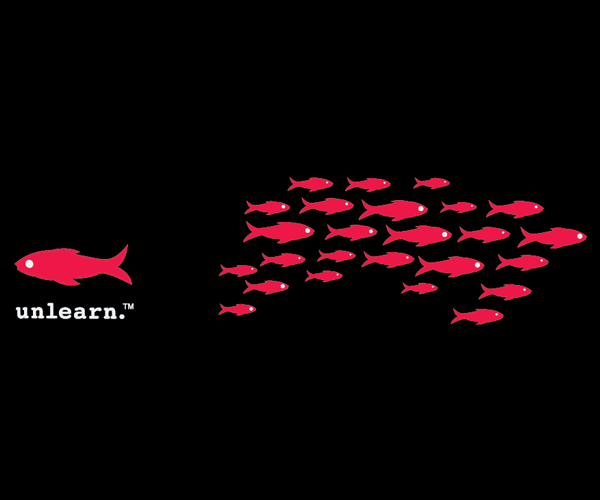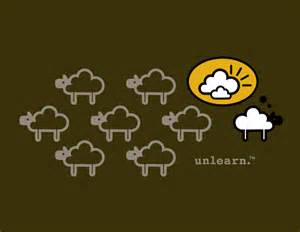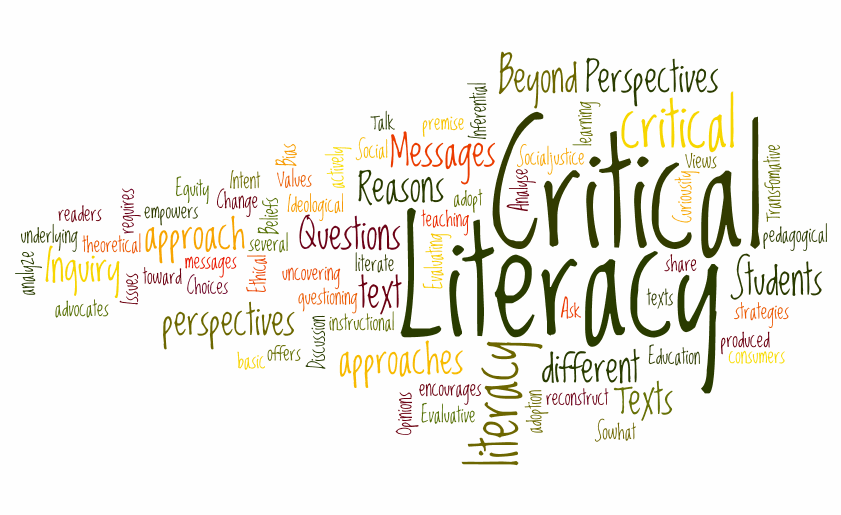From language to mode- How to transform teaching outside of linguistics
- Kaitlynn
- Jan 23, 2019
- 4 min read
How can we transform the way we teach and the way students make meaning using modes outside of linguistics?
As a teacher, it can be easy to get sucked into the simplicity of assigning the typical pen and paper tasks to our students. Pen and paper tasks are what most of us are used to, an easy crutch to resort to when we run out of time to be creative or innovative. As a student, I experienced assessments that relied mostly on language, either speaking or writing to show my understanding. Examples include written tests, oral presentations, essays, journals, and more, however I rarely was given the option to show my knowledge using other modes of expression outside of spoken/written language. As a result, finding ways to teach and allow meaning making using other modes from language can be very challenging.
The transition from language to other modes gives more freedom to students to express themselves and show what they know. It gives them options, such as multiple ways of representation, multiple means of action and multiple means of engagement where they can choose what works best for them. It allows students to be creative and show many aspects of learning. This transition can also help those learning English as a second language in an English school, by giving them other options to show that they understand the content if they have limited abilities to express themselves in English.
Incorporating different modes can look like many different things. In the article, Multimodal pedagogies representation and identity: perspectives from post-apartheid South Africa, Stein and Newfield give the example of students using art and song to explain their thoughts about the novel Maru, as it was too difficult to express through written language.
During my practicum placements, I have tried to incorporate different modes outside of written and spoken language. Just like in the article, I have used song as an assessment for History. Students had to write lyrics to describe the themes in the French Revolution. Although this is still the use of language, it is represented and expressed in a different way that allowed students to show their creativity. I have also used visual art to assess comprehension- which did not involve spoken or written language. In one assignment, students had to create a profile that represented themselves and their culture, which was part of a Francophone culture unit. The students could add pictures of their family and friends, but could also draw pictures that represented traditions, cultural norms, and so on. This means of expression did not require one to explain in sentences who they are, but instead was intended to show one’s understanding of cultural aspects using personal examples.
Although I have a few examples of this transition from language to mode, I plan to use it more often in my teaching practice. One way I saw a colleague use other modes to create meaning was in an English class where the students were learning about global issues. The teacher used Unlearn posters, each depicting a different topic using symbolism, such as gender inequality, climate change, capitalism, body image, etc. The students discussed their thoughts about the different topics and then the final assignment was for them to create their own poster. Students had to think abstractly, incorporating symbols and choosing colours or designs thoughtfully to create an image that conveyed multiple messages relating to a specific issue going on in the world. I found this task to be very meaningful for students, and gave them the opportunity to be innovative, find new ways to show their understanding or to share their passions. I would definitely use this idea in my future English or French class.
Below are examples of the Unlearn posters used in this task. Found on unlearn.com
When it comes to teaching French, a lack of language can become problematic. The curriculum states that students should be learning how to write in French, read in French, speak in French and listen in French. So, how can we still accomplish these things while transitioning from a linguistic-based class to a multimodal-based class? Some things could be using symbols to relay messages that show listening comprehension, such as pictures of nouns when learning new vocabulary. The AIM approach (Accelerative Integrated Methodology) also transforms language learning through gestures. Students learn how to speak and interact with the help of hand gestures similar to sign language. This can be helpful because if students need assistance remembering a word or a phrase in the language, they can use the gesture to communicate what they need. Drama can also be used in French to demonstrate reading comprehension of a book. Students can perform a skit, even without words, that convey emotion, and key messages from the story.

The transition from language to mode can be difficult to conceptualize when we are so used to what we already know and practice. However, this change can have a huge impact on student engagement in our classrooms and their overall achievement.
References
Stein, P. and Newfield, D. Multimodal Pedagogies, Representation and Identity: Perspectives from Post-Apartheid South Africa. Chapter 56. Retrieved from https://link.springer.com/content/pdf/10.1007%2F978-0-387-46301-8_61.pdf







Comments